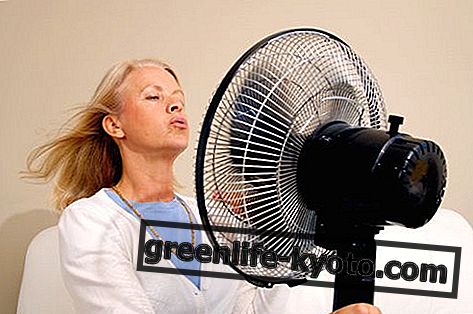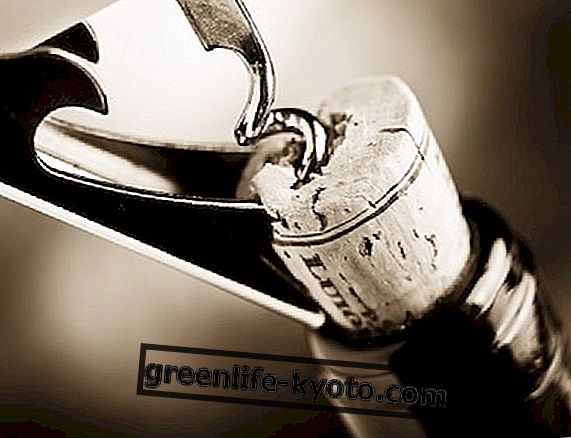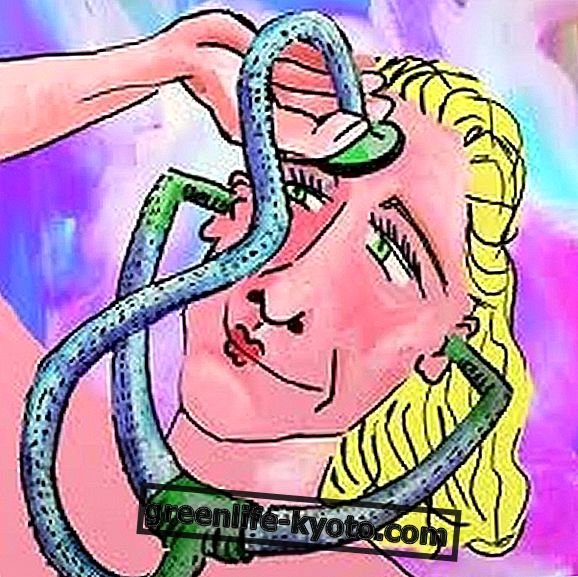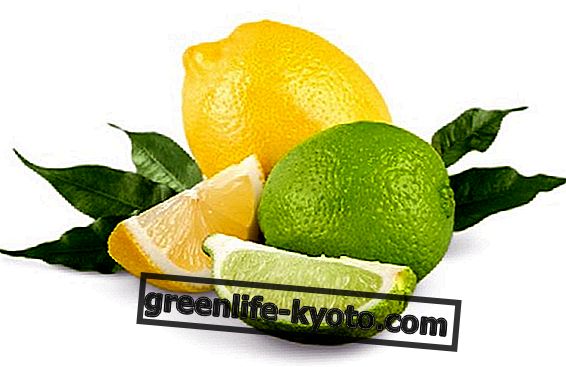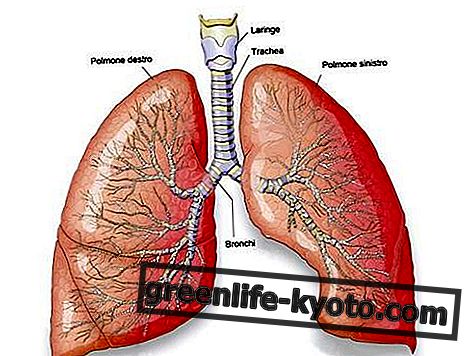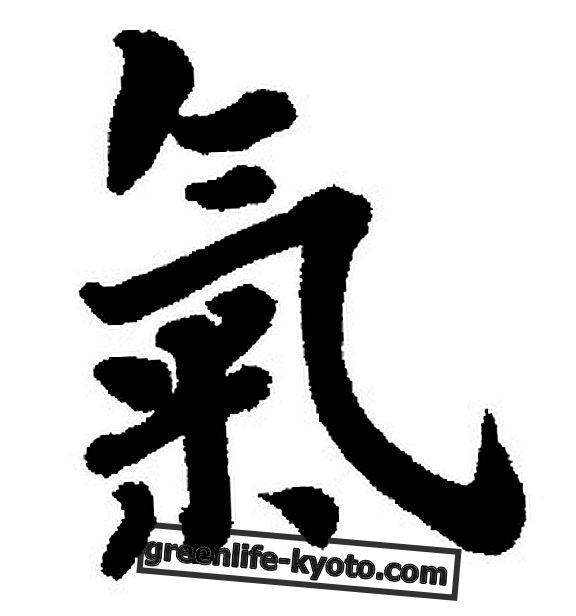
The martial arts universe is so vast that it is almost impossible not to get lost, pleasantly add, among schools, styles, varieties.
This shipwreck in the martial arts sea will help us to expand our limited ideas about them, we will see all the different approaches that created, maintained and evolved them: the sports approach, the war approach, the self-defense approach, the approach of the self-discovery of inter-subjective energies, the esoteric approach, the ethical and pedagogical approach based on the discipline.
If instead we find ourselves in the position of having to choose a martial art to practice, then it is good to rely on some buoy, some stronghold to understand which martial art is best suited to our possibilities and our expectations so as not to be disappointed and to waste time, energy and money.
Sports martial arts
Let's start with sports martial arts, or rather, with combat sports, based on good athletic preparation, aimed at sporting competition, whether amateur, semi-professional or professional, and therefore based on rules.
Nowadays almost all of the martial arts have a sporting aspect, competitions during which common sense rules limit the possibility of defeating the opponent only to shots deemed non-dangerous. Very often protections are provided (gloves, helmets, bodices, paratibiie, suspensors, mouth guards ...).
Here we find first of all boxing, fighting and judo, arts focused almost exclusively on the sporting and competitive aspect. They are focused martial arts: boxing on fists while fighting and judo on projections, knockdowns and holds. These martial arts are chosen for the fact that they give us a great sports preparation, typical of the athlete, not only martial techniques. Nowadays the most successful sport martial art is brazilian jiu jitsu .
Self defence
On the other side of the martial spectrum we find martial arts concentrated on self-defense ; and we can mention:
> Krav Maga;
> wing chun ;
> brazilian jiu jitsu .
All martial arts by nature have an aspect linked to self-defense, but these martial arts are almost totally focused on it and, except in the case of brazilian jiu jitsu, do not have a competitive aspect, that is, they have no rules.
All the blows and strategies are based on realistic and plausible situations, simulating real aggressions and studying real cases . You train to fight against more opponents, you study what happens when you fall to the ground, when you have to fight against opponents of greater weight, or in difficult space conditions, perhaps with unsuitable clothes and without previous heating.
These martial arts give us a lot of security but athletic training is often lacking, except, once again, of the Brazilian jiu jitsu.
The most classic martial arts
In the most classical and complete martial arts, or where the use of all percussion is studied (kicks, fists, elbows, knees) and knockdowns, we tend to study a wide range of techniques in a different way .
> Karate gives a great sense of timing; kickboxing is more athletic;
> the most effective and brutal muay thai ;
> taekwondoo is more acrobatic and based on kicks, among the best in the whole martial scene; the sambo, not very easy to find in Italy, is perhaps the most complete of the martial arts including also the projections and the submissions;
> kung fu are many and different, often more spectacular than effective, they give a strong sense of harmony to the body, but they also have an aspect based on effectiveness: kung fu sanda.
Ritual and meditative martial arts
There are also martial arts that we could define rituals and meditative, not based on competition in itself but focused on cultural or ritual traits .
> Capoeira, a real social and socializing phenomenon, not only a martial art as it involves dance and music, which creates a strong "family" effect among its practitioners;
> aikido, more a philosophical and meditative practice based on martial techniques than a real martial art;
> tai chi, a sort of martial meditation based on the development of the chi and a relaxed and receptive state;
> many other types of kung fu based on the search for a state of deep consciousness.
Also read martial arts, connect body and mind >>


